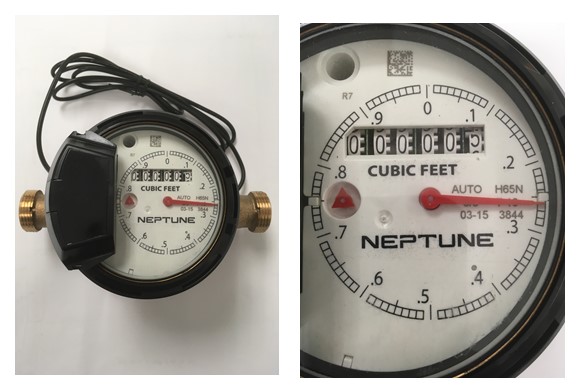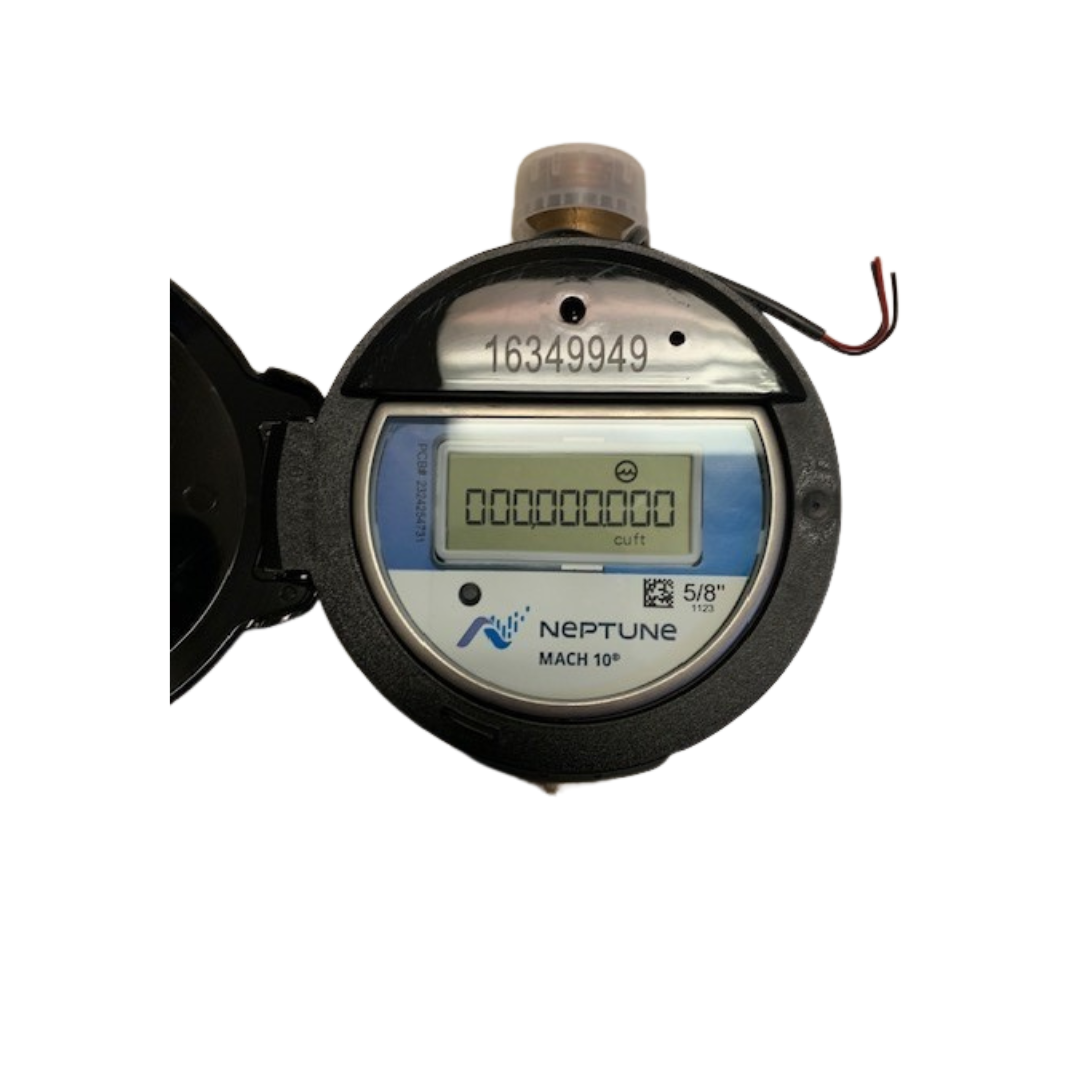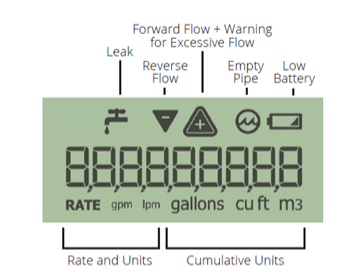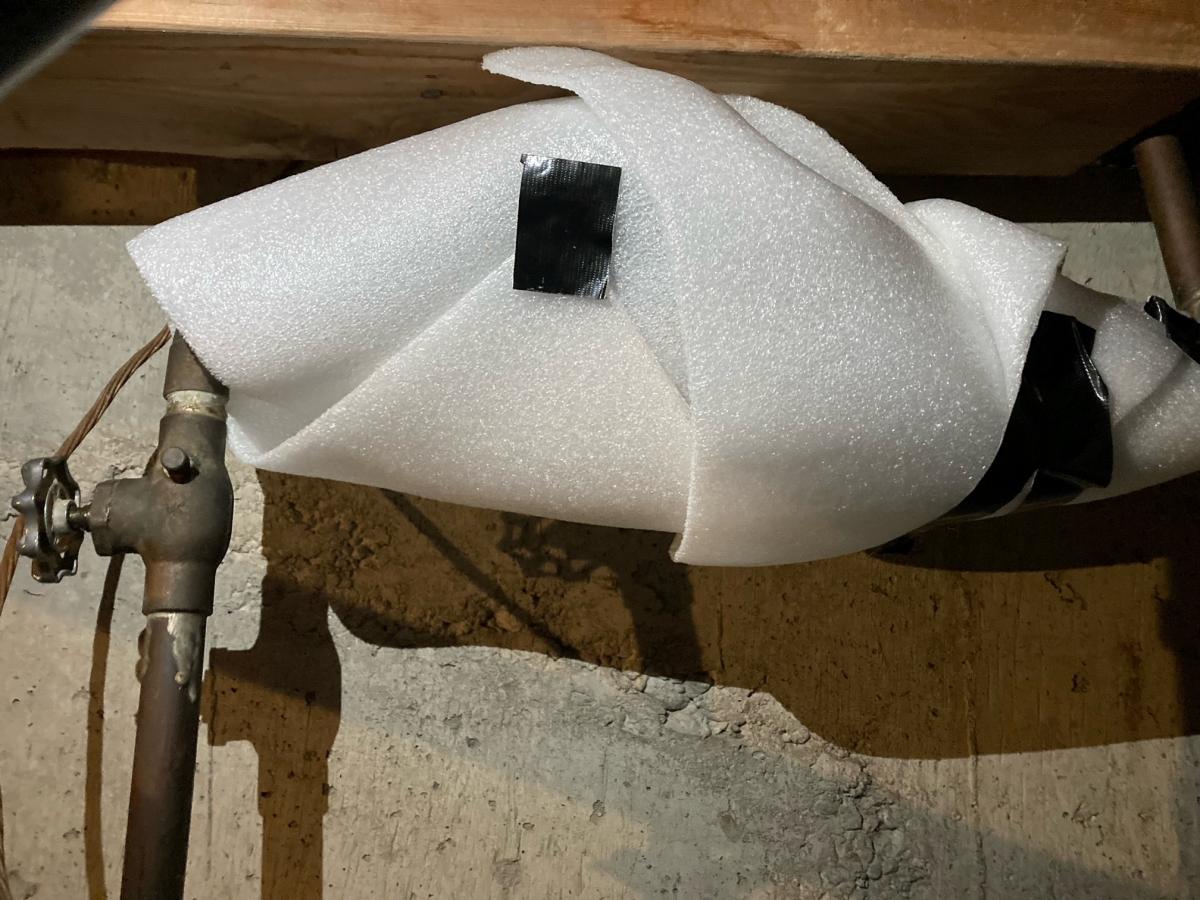Residents now pay for their water on a tiered system based on usage. The more water you use, the more you pay. The rate change does not apply to larger multi-family residential customers with larger shared services, agricultural users, or commercial/industrial customers. The water meters can also be used as a tool to detect a water leak or to monitor your personal water use. If your water consumption bill is higher than usual, it may signal a water leak in your home.
How Much Water Do You Use?
About Your Water Meter
T-10 Water Meter

Ultra-sonic Water Meter

Protect Your Meter from the Cold
The City would like to remind residents that it is the homeowner’s responsibility to protect their water meters from the elements. This is particularly important to houses that have their water meter located in a basement or crawl space with poor insulation, making it vulnerable to freezing.
Report an Issue
Please note that any water meter installed within your home or business, as well as the Electronic Radio Transmitter on the exterior of the building, are City-owned infrastructure and are not to be moved or tampered with. If something is to occur with the units, please contact the Public Works department as soon as possible.








